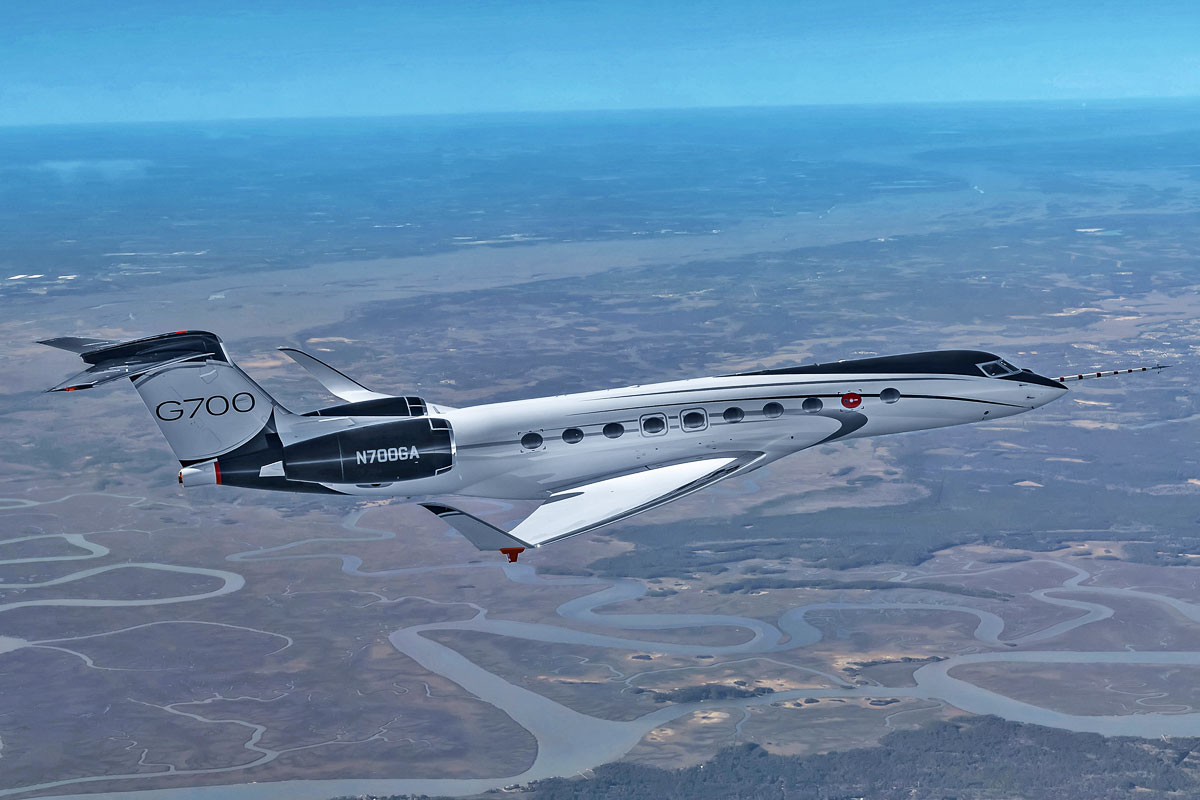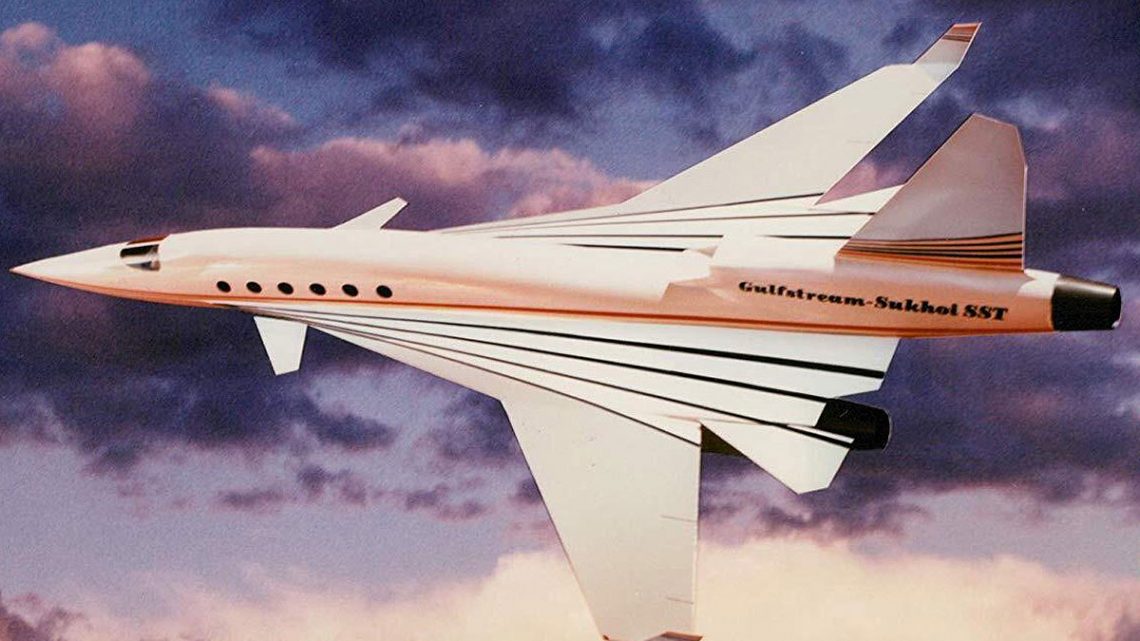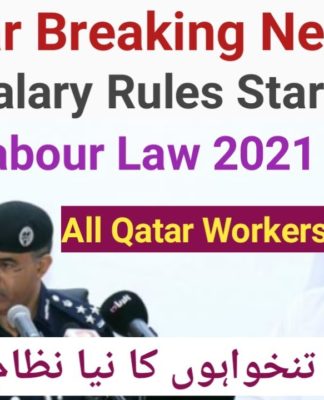After failed project, Gulfstream shows caution about supersonic corporate jet
Planemaker, which had a joint venture with Sukhoi in the 90s, believes that the market for this type of aircraft should only appear within a decade
One of the most traditional and successful manufacturers of business jets, Gulfstream still looks suspiciously at new supersonic aircraft designs. In an interview, US planemaker CEO Mark Burns said that “we certainly look into supersonic flight in our center.” However, the executive added that the market is “a decade away before there’s a viable opportunity.”
To justify pessimism, Burns explains that supersonic flight is still a huge challenge and certifying an aircraft with unprecedented technology takes a long time because it requires initial learning. One of the obstacles is environmental, due to the noise caused by the supersonic boom and which is the subject of NASA studies.
Gulfstream itself is now the company that has come closest to the sound barrier. The G650 and G700 models, for example, have already reached Mach 0.99 on test flights, although the cruising speed does not get that far.
Despite the distrust of the Gulfstream CEO, there are several supersonic passenger jet initiatives currently, all under the responsibility of startups like Boom Aerospace and Aerion.
In fact, Gulstream could have been ahead of new rivals if the S-21 project, in partnership with Sukhoi, had moved on. In the early 1990s, the two companies created a joint venture with the goal of launching a supersonic corporate jet, capable of flying Mach 2.
The US company, however, soon left the partnership, while Sukhoi still tried to take the project forward. Without funds, the S-21 ended up being abandoned in the early 2000s.
































